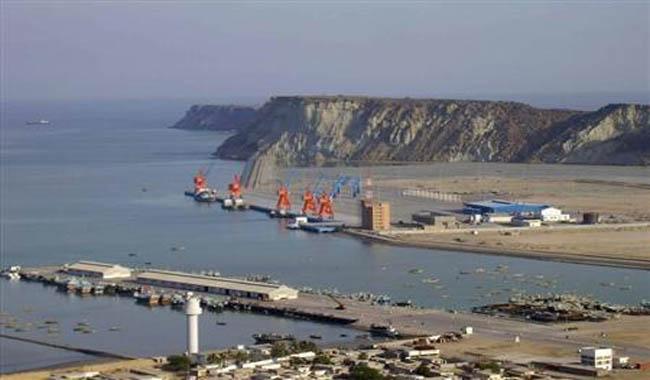ISLAMABAD: Strong growth performance, fiscal
deficit reduction and improved inflation dynamics underpin the
Government of Pakistan’s B3 rating with a stable outlook, says Moody’s
Investors Service.
In a statement issued on Monday, the credit rating agency Moody’s maintained that, the government’s very narrow revenue base weighs on debt affordability.
Meanwhile, the Moody further cliamed that exports and remittance inflows have slowed and capital goods imports have risen, resulting in renewed pressure on the external account.
Moody’s conclusions are contained in its annual credit analysis of Pakistan, “Government of Pakistan—B3 Stable”. The analytical factors that are used in its Sovereign Bond Rating Methodology are: economic strength, which is assessed as “moderate”; institutional strength “very low (+)”—-etc”.
Moody’s noted that prospects for growth have improved following Pakistan’s successful completion of its three-year Extended Fund Facility (EFF) programme with the International Monetary Fund (IMF) in September 2016 and the launch of the China-Pakistan Economic Corridor (CPEC) project in 2015.
It further noted that the implementation of the China Pakistan Economic Corridor (CPEC) project has the potential to transform the Pakistani economy by relieving infrastructure bottlenecks, and stimulating both foreign and domestic investment.
“Since 2013, implementation of economic reforms and increased foreign investment flows have contributed to macroeconomic stability and higher GDP growth.
However, government debt remains elevated and pressure on the external account continues. “ said William Foster, a Vice President and Senior Credit Officer at Moody’s.
The stable outlook represents balanced upside and downside risks to the sovereign credit profile. Support from multilateral and bilateral lenders has bolstered Pakistan’s foreign currency reserves and fostered progress on economic reforms.
Meanwhile, implementation of the CPEC project has the potential to transform the Pakistani economy by relieving infrastructure bottlenecks, and stimulating both foreign and domestic investment.
Upward triggers to the rating would stem from sustained progress in structural reforms that would significantly reduce infrastructure impediments and supply-side bottlenecks.
This would improve Pakistan’s investment environment and eventually aid a shift to a sustained higher growth trajectory. A fundamental strengthening in the external liquidity position and meaningful reduction in the government deficit and debt burden would also be credit positive.
In a statement issued on Monday, the credit rating agency Moody’s maintained that, the government’s very narrow revenue base weighs on debt affordability.
Meanwhile, the Moody further cliamed that exports and remittance inflows have slowed and capital goods imports have risen, resulting in renewed pressure on the external account.
Moody’s conclusions are contained in its annual credit analysis of Pakistan, “Government of Pakistan—B3 Stable”. The analytical factors that are used in its Sovereign Bond Rating Methodology are: economic strength, which is assessed as “moderate”; institutional strength “very low (+)”—-etc”.
Moody’s noted that prospects for growth have improved following Pakistan’s successful completion of its three-year Extended Fund Facility (EFF) programme with the International Monetary Fund (IMF) in September 2016 and the launch of the China-Pakistan Economic Corridor (CPEC) project in 2015.
It further noted that the implementation of the China Pakistan Economic Corridor (CPEC) project has the potential to transform the Pakistani economy by relieving infrastructure bottlenecks, and stimulating both foreign and domestic investment.
“Since 2013, implementation of economic reforms and increased foreign investment flows have contributed to macroeconomic stability and higher GDP growth.
However, government debt remains elevated and pressure on the external account continues. “ said William Foster, a Vice President and Senior Credit Officer at Moody’s.
The stable outlook represents balanced upside and downside risks to the sovereign credit profile. Support from multilateral and bilateral lenders has bolstered Pakistan’s foreign currency reserves and fostered progress on economic reforms.
Meanwhile, implementation of the CPEC project has the potential to transform the Pakistani economy by relieving infrastructure bottlenecks, and stimulating both foreign and domestic investment.
Upward triggers to the rating would stem from sustained progress in structural reforms that would significantly reduce infrastructure impediments and supply-side bottlenecks.
This would improve Pakistan’s investment environment and eventually aid a shift to a sustained higher growth trajectory. A fundamental strengthening in the external liquidity position and meaningful reduction in the government deficit and debt burden would also be credit positive.

No comments:
Post a Comment